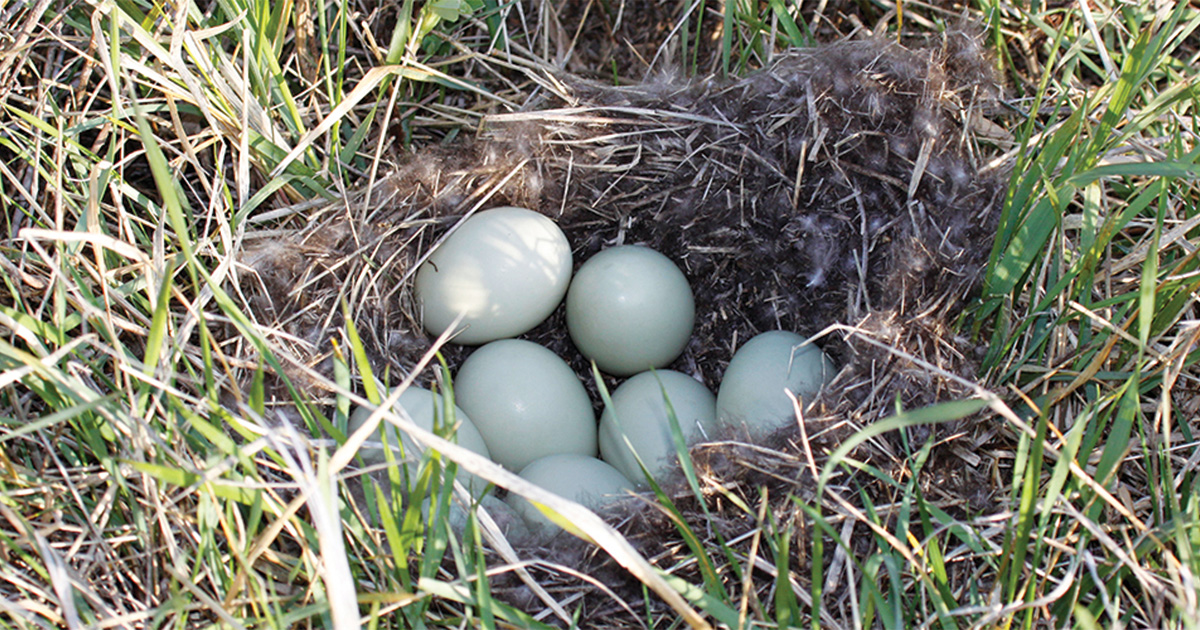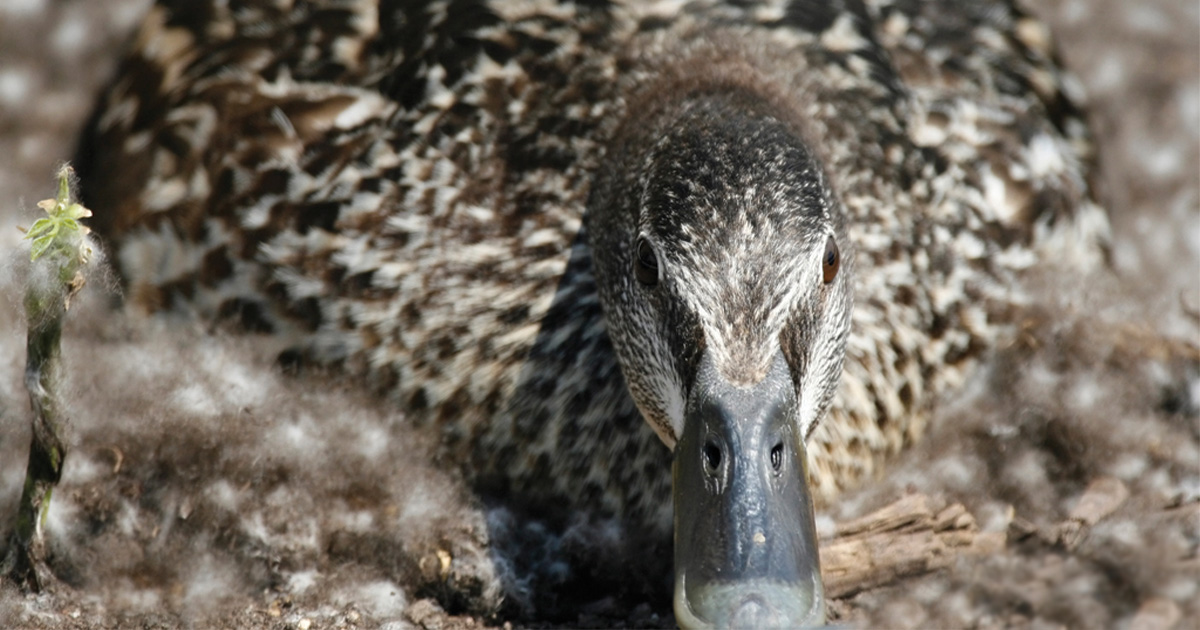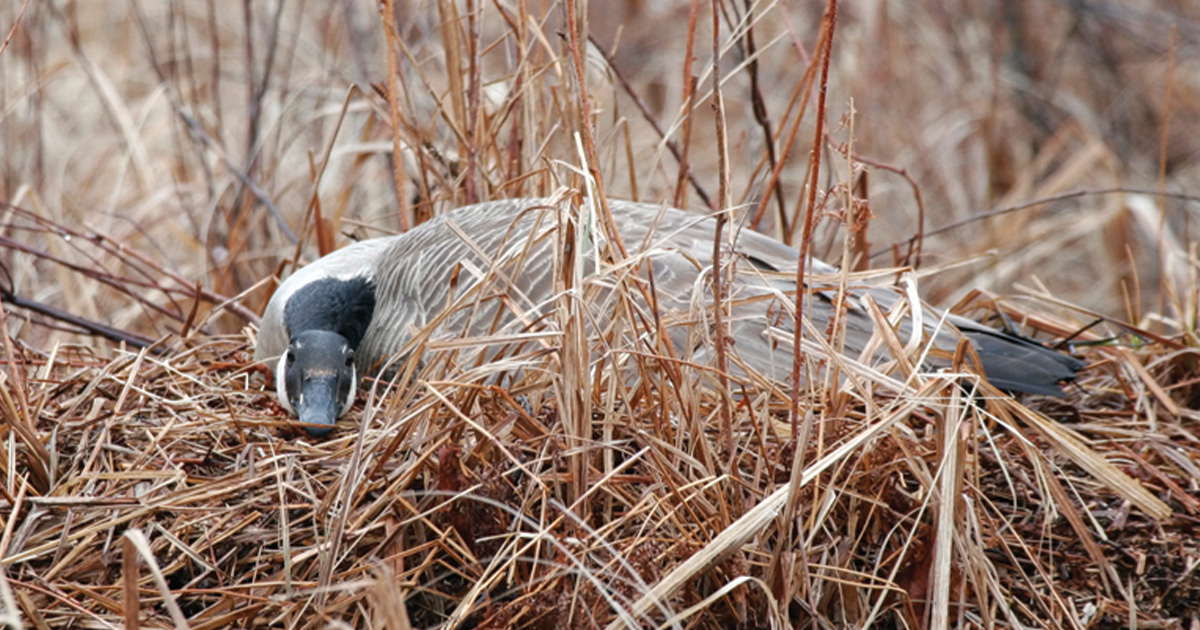Ducks Nesting in Your Backyard
Every apartment complex pond, golf course, park and even some swimming pools can become targeted nesting areas
Every apartment complex pond, golf course, park and even some swimming pools can become targeted nesting areas

Mallard nest.
After the courtship flights and mating rituals are complete, the end result of course is nesting hens. Every apartment complex pond, golf course, park and even some swimming pools can become targeted nesting areas for hens looking to raise ducklings. Ducks and geese have been known to think outside the box when it comes to finding a safe place for a nest, while others seem to not be thinking at all.
Soon, people all over the country will begin finding nesting birds. Knowing what to do, and most importantly what not to do, with and around the nest is very important.
There are many laws and treaties that protect migratory birds. It is ILLEGAL to take or possess eggs of nesting migratory birds without the proper permits!

Mallard hen hunkered down low on nest.
Stories will soon begin to spread about the goose that chased the jogger through the local park, or tried to attack someone who was trying to hit a golf shot. A Canada goose can be very hostile toward anything that approaches its nest. Learning how to recognize nests, how long they will be on the nest, and how to avoid provoking nesting geese will help you steer clear of goose/human conflicts this spring.

Canada goose on nest.
Again, it is highly recommend that you leave the nest undisturbed and try to avoid walking in its area.
Ducks Unlimited uses cookies to enhance your browsing experience, optimize site functionality, analyze traffic, and deliver personalized advertising through third parties. By continuing to use this site, you agree to our use of cookies. View Privacy Policy